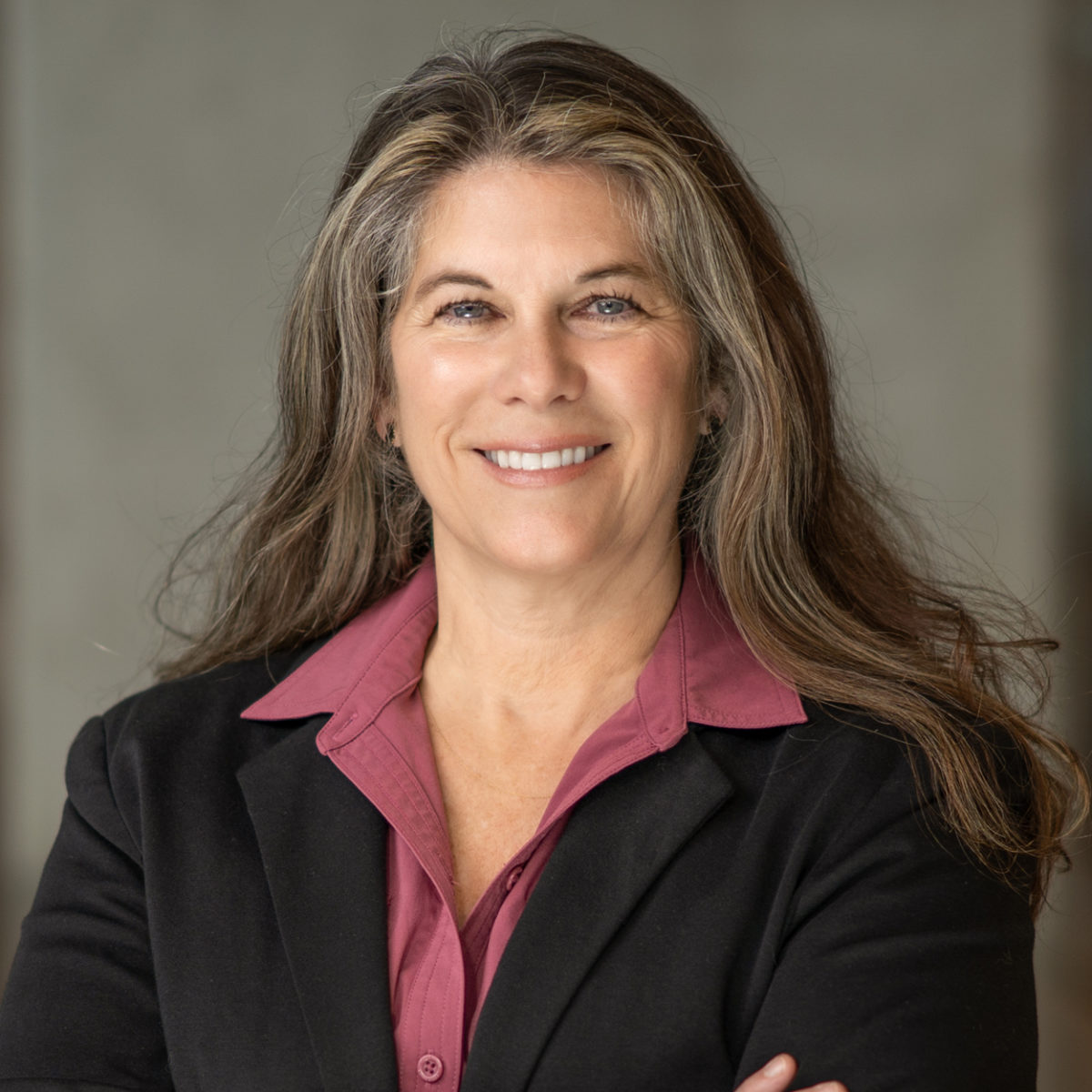Opinion: We need to encourage equity, inclusion in AEC for now – and the future
March 18, 2021 / Puget Sound Business Journal
March 18, 2021 / Puget Sound Business Journal

Now is a good time to take stock. What does the architecture, engineering and construction (AEC) industry still need with regard to the conversation surrounding advancement of equity? I am not exactly sure what steps need to be taken to address the issue, but I do know that it needs to continue to be elevated, to be that slow, steady push that will bring alignment in leadership and paychecks. Has our pay increased? Even in Seattle, which is progressive in many ways, women currently still only make 81 cents for every dollar a man makes, which is consistent with the national average. If the gap closes as expected in 2059, my daughter might see pay equity. But there is good news to celebrate. More and more women are thankfully gaining seats at the ownership table, especially in the real estate development industry. At my firm, 62% of the senior leadership team (executive committee and directors) and 37% of our principals are female.
There are more and more development savvy women sitting across from me in meetings as architects, engineers, general contractors and real estate developers. I took note at a recent project meeting that it was made up entirely of women decision makers. This is still a very unusual occurrence and I made sure we all acknowledged it with a virtual high-five.
Professional associations like AIA, NAIOP and ULI, as well as their member firms, have active initiatives in place to hire, promote and include women as speakers, chairpersons and members on national and local panels. My female leader colleagues and I are acutely aware of our responsibility to lead by example and be a bridge to the top, not only for our younger female colleagues, but also for employees of color and people who are nonbinary whom we want to encourage to bring their whole selves to work. We recognize the advantages that come with our particular perspectives on leading, work/life balance and professional development, and we want to leverage these strengths to the benefit of our firms.
As a young mother in the ‘90s, I interviewed at a local design firm. One of the male leaders of the firm asked me how I planned to manage the balancing of motherhood and being an architect. I don’t recall my answer, but I’m pretty sure he did not ask that of any of the men he interviewed. The nurturing skills that made me a good mother have also helped me be an empathetic mentor and a team builder. I am proud of what is perceived to be my feminine strengths and see their value for others on my team. The acute ability at noticing the small details, the same one that allows me to recognize when we are running low on dog food, is an asset when recalling a code section or recognizing issues on a job site. My status, a few rungs down on the heteronormative food chain, has taught me to think before I speak, be sure I am knowledgeable and aware, to be compassionate, welcoming and understanding of those whose perspectives differ from mine. Women in the workplace have come a long way since the ‘70s. From my personal experience, I believe we have a shorter way to go in the decades ahead. Let us be sure that, along the way, we create opportunities of inclusion for others so that diversity, equity and inclusion are not just a buzz phrase, but a reality for our children, their children and future generations.